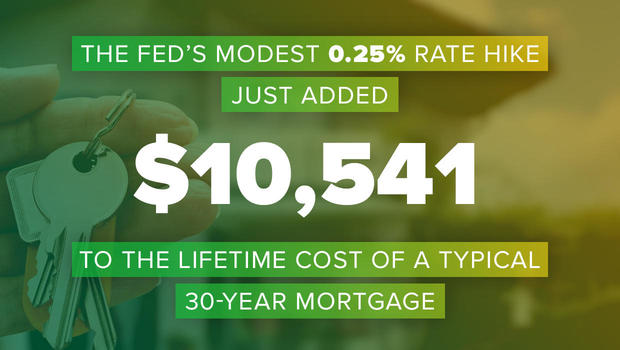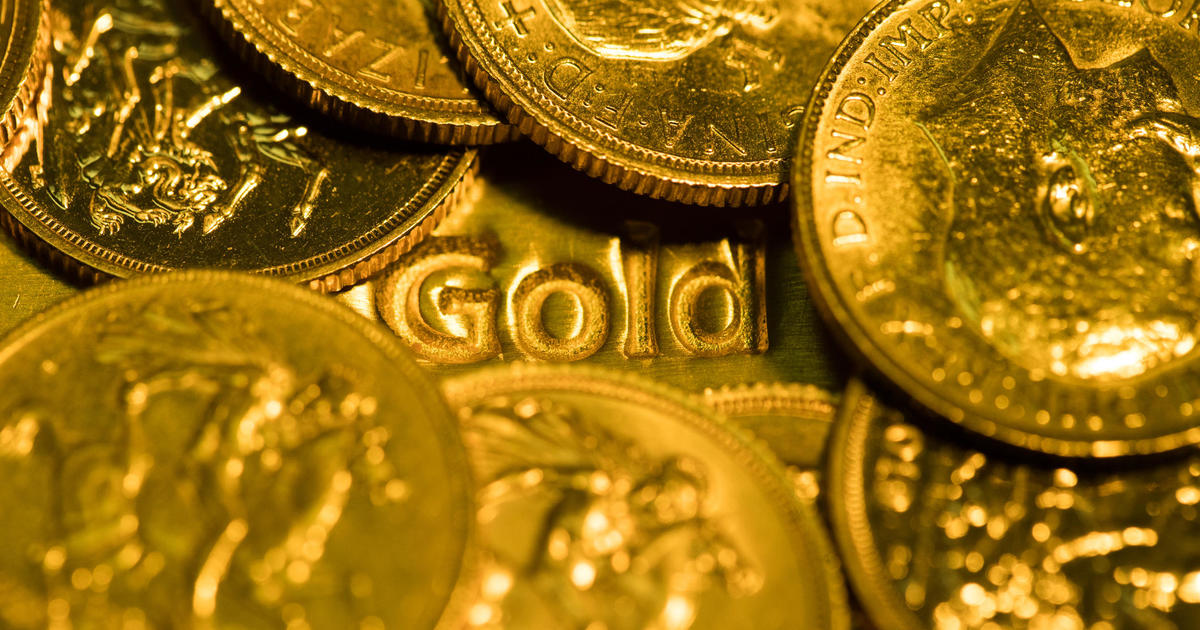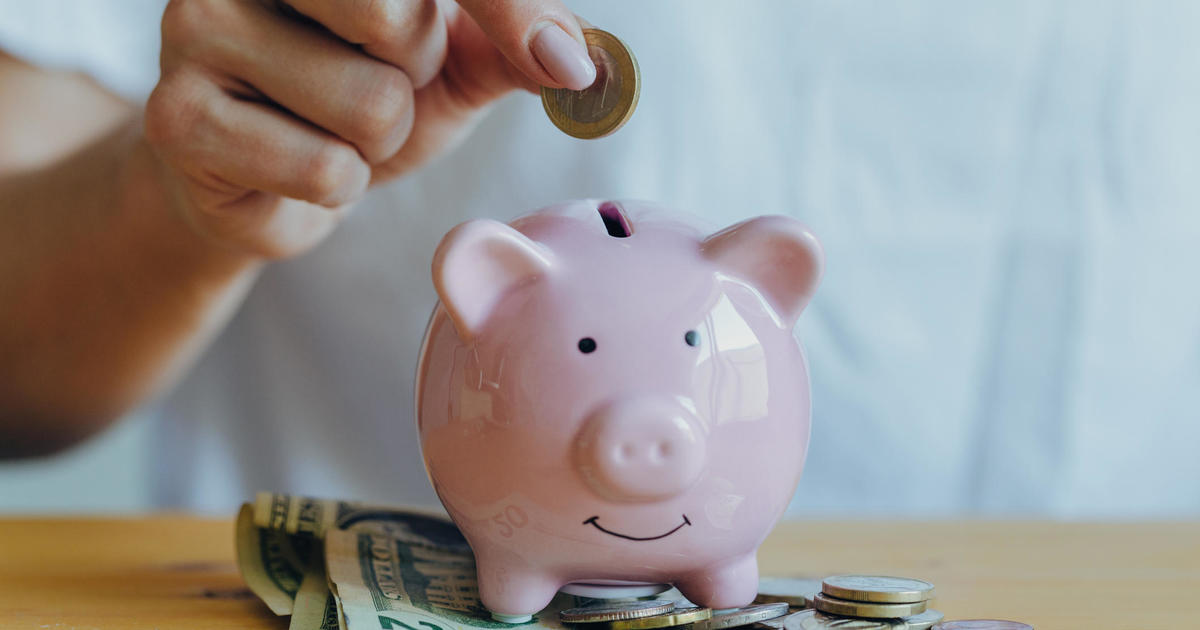Fed raises interest rates amid improved economic outlook
The Federal Reserve, as expected, nudged up short-term interest rates by a quarter of a percent Wednesday, signaling its confidence that the economy is sufficiently robust to handle it.
In its announcement, the Fed predicted a gross domestic product growth of 2.1 percent for the next year, and GDP growth at a similar slow pace in later years, plus it indicated it would lift rates three times next year, higher than the market’s anticipated two times.
The stock market’s reaction was largely negative, with the S&P 500 down by 0.81 percent and the Dow Jones Industrial Average off by 0.59 percent, thwarting the Dow’s drive to reach 20,000.
Still, the Fed indicated that a decline in the unemployment rate to 4.6 percent in November, from 4.9 percent the month before, and other indicators gave it the confidence to elevate rates.
“We’re on a good path to reaching our objectives,” Fed Chair Janet Yellen said in a news conference, in which she was careful not to pick a fight with the incoming administration. In perhaps an oblique reference to President-elect Donald Trump’s complaint that the Fed should have elevated rates earlier, she noted that she thought it “is not behind the curve.” But she also maintained that she was not going to offer Mr. Trump policy advice.
Asked if she wanted another term when hers expires in January 2018, she said she had not thought about it. Mr. Trump has said he wanted to see her replaced. In broad terms, she defended the Dodd-Frank law imposing tighter federal controls on bank, saying it was “important” to ensure that lenders keep solid amounts of capital to cushion them in bad times. Mr. Trump has talked about racheting back Dodd-Frank.
In its statement, the Fed said that “the labor market has continued to strengthen and that economic activity has been expanding at a moderate pace since mid-year.” In November, it called the pace “modest,” which in Fed-speak means less robust.
The Fed’s outlook for inflation is 1.9 percent. While energy costs are rising, the prices of other consumer items are largely stagnant, and the consumer price index is still low by historical standards.
The action by the Fed’s policy-making board came after a two-day deliberation. James O’Sullivan, chief U.S. economist for High Frequency Economics, pointed out that “the tone of the statement was a bit more upbeat than last time. Job gains were once again described as ‘solid,’ but the decline in the unemployment rate was noted.”
A key question now is when the Fed will next lift rates, and how often. Last year at this time, the central bank indicated it wanted to hike rates four times, but later scotched that goal amid uncertainty over economic growth. Financial futures market bets currently predict the Fed will bump up rates twice in 2017.
A second question is how Fed actions will interact with Mr. Trump’s plan to stimulate economic activity by slashing taxes and expanding efforts to build and repair the U.S.’s deteriorating infrastructure, like highways, bridges and ports. Yellen said she needed more details from the new administration’s fiscal framework before figuring out how it would impact ecnomic growth. But she added that tax reductions might he best focused on worker training and capital investment.
Treasury Secretary-designate Steven Mnuchin has said the new administration wants to see economic growth in the 3 to 4 percent range, up from the 2 percent level it has averaged during the post-recession recovery.
The Fed’s action marks only the second time since the Great Recession that it hiked the federal funds rate, which affects the cost of banks lending to each other and generally serves as a benchmark for rates. Last December, it also pushed up the fed funds rate by a quarter point, the first time that had happened since June 2005. As the economic downturn took hold, the Fed cut it to near zero in a bid to spur lending.
For years, Fed Chair Janet Yellen has complained that it needed help from federal government spending to push the economy into a faster growth track. Lacking that amid partisan gridlock on Capitol Hill, the Fed embarked on three massive purchases of bonds to pump money into the economy and stimulate growth, an effort that has had mixed success.
But given Mr. Trump’s spending plans, said Chris Zaccarelli, chief investment officer for Cornerstone Wealth, “the burden will no longer be 100 percent on the Fed.”




